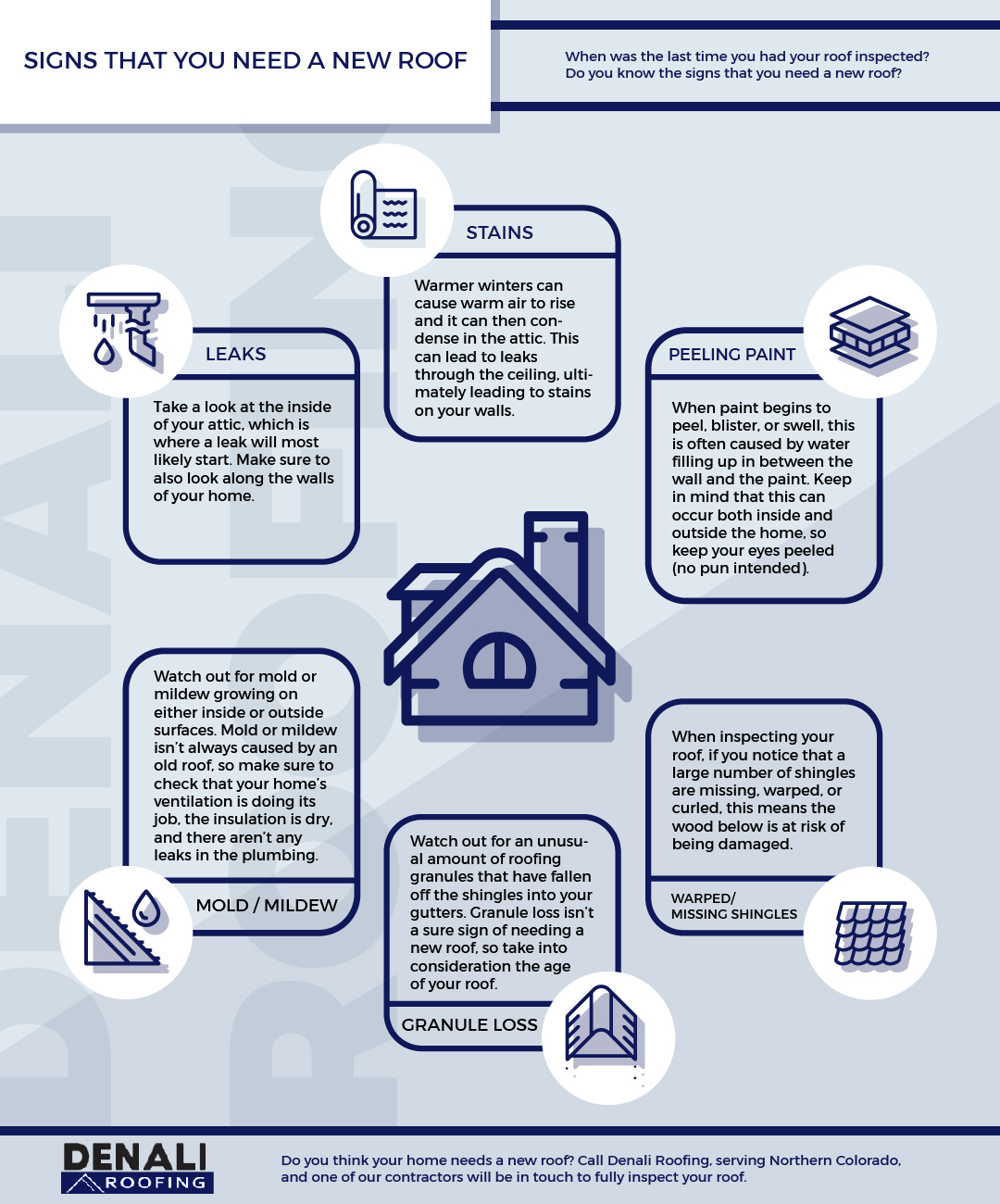The Effect Of Roofing System Ventilation On The Success Of Setup Jobs
The Effect Of Roofing System Ventilation On The Success Of Setup Jobs
Blog Article
Web Content Develop By-Kehoe Vogel
When you're taking on a roofing project, you might not think much regarding roofing system air flow, however it's even more important than you understand. Reliable ventilation helps control temperature and wetness in your attic, protecting against issues like mold and mildew and structural damage. By recognizing how to create and mount a balanced air flow system, you can boost power efficiency and lengthen the life expectancy of your roofing materials. So, what are the key elements to take into consideration during installation that can make all the distinction?
Relevance of Roofing Air Flow
Roof ventilation plays an essential role in keeping the total health and wellness of your home. By permitting fresh air to flow via your attic room, it assists manage temperature and dampness levels. This balance is vital to avoid heat accumulation throughout hot months, which can lead to increased energy expenses as your a/c burns the midnight oil.
Furthermore, appropriate ventilation considerably lowers the danger of moisture-related issues like mold and mildew and mildew. If humidity levels climb, your home's structural honesty can be jeopardized, resulting in pricey repair work. You wouldn't want to take care of decomposing timber or distorted roofing products, right?
Additionally, ample ventilation expands the life-span of your roofing system. When heat and moisture are kept in check, your roof covering can perform efficiently, protecting against premature damage. This suggests fewer headaches and expenses down the line.
Just How Roof Ventilation Functions
Efficient roof covering ventilation relies upon the natural movement of air to produce an equilibrium between intake and exhaust. When you mount vents, you're basically enabling fresh air to enter your attic while enabling warm, stagnant air to run away. This process assists control temperature level and wetness degrees, stopping problems like mold and mildew growth and roof covering damages.
Consumption vents, usually found at the eaves, pull in awesome air from outside. Meanwhile, exhaust vents, located near the ridge of the roof, allow hot air increase and departure. The distinction in temperature level produces a natural air movement, called the pile result. As warm air surges, it creates a vacuum cleaner that draws in cooler air from the reduced vents.
To optimize this system, you need to ensure that the consumption and exhaust vents are correctly sized and positioned. If the consumption is restricted, you will not achieve the desired ventilation.
Likewise, inadequate exhaust can trap heat and dampness, bring about possible damages.
Trick Installation Considerations
When mounting roofing system ventilation, numerous crucial factors to consider can make or break your system's efficiency. First, you need to analyze your roof's style. The pitch, shape, and materials all influence air movement and ventilation selection. Ensure to pick vents that suit your roof covering type and regional climate conditions.
Next off, consider https://metalroofingsuppliers85162.dgbloggers.com/34380359/a-contrast-of-metal-roof-covering-and-shingle-roof-covering-strengths-and-weaknesses of your vents. Ideally, you'll desire a well balanced system with consumption and exhaust vents positioned for optimal air flow. Area consumption vents short on the roof covering and exhaust vents near the height to urge an all-natural circulation of air. https://wtop.com/consumer-news/2017/06/tips-finding-right-roofer/ protect against moisture buildup and advertises energy efficiency.
Do not ignore insulation. Appropriate insulation in your attic stops warmth from leaving and keeps your home comfy. Guarantee that insulation does not block your vents, as this can impede airflow.
Last but not least, think about upkeep. Pick ventilation systems that are easy to access for cleansing and evaluation. Normal upkeep guarantees your system remains to operate properly with time.
Verdict
In conclusion, roof covering ventilation is important for a successful installment. By making sure appropriate airflow, you can avoid warm accumulation and moisture concerns that lead to costly damage. When you tactically position intake and exhaust vents, you improve energy efficiency and lengthen the lifespan of your roofing system. Keep in mind, a well-ventilated roof not only secures your investment but likewise enhances your interior air quality. So, focus on ventilation to make sure a durable and cost-effective roof for your home.
